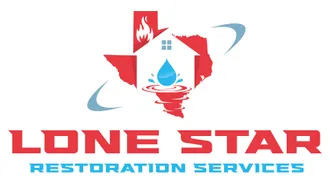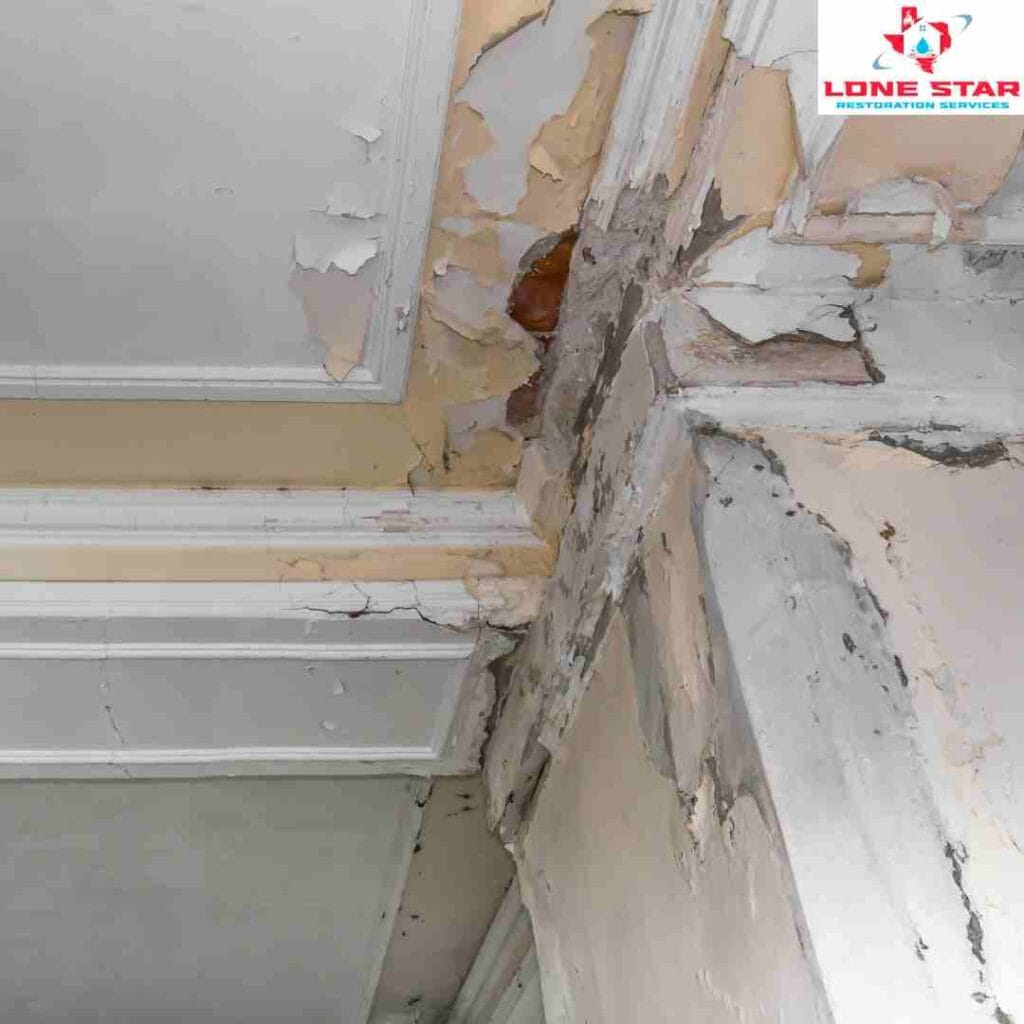Ceiling Water Damage Repair: Understanding the Causes, Effective Solutions, and Essential Prevention Tips
Water damage can be a homeowner’s worst nightmare, especially when it affects the ceiling. Ceiling water damage repair is not just about fixing a stain—it’s about ensuring your home’s structural integrity, preventing mold growth, and avoiding future costly repairs. When water infiltrates your ceiling, it can lead to weakened drywall, electrical hazards, and long-term structural issues if left untreated.
Whether caused by a leaky roof, faulty plumbing, excessive humidity, or hidden leaks, ceiling water damage repair is essential to maintaining a safe and livable space. Ignoring the problem can result in mold infestations, compromised air quality, and even ceiling collapse in extreme cases. Acting quickly not only prevents further damage but also saves you from expensive restoration efforts down the line.
In this blog, we will explore the common causes of ceiling water damage, step-by-step solutions to fix it, and key prevention strategies to keep your home dry, secure, and structurally sound. Whether you’re dealing with minor water stains or significant ceiling sagging, understanding how to address and prevent water damage is crucial for every homeowner.
Common Causes of Ceiling Water Damage
Understanding what causes ceiling water damage is the first step in addressing the problem. Water can enter your home from various sources, and identifying the root cause is crucial for effective ceiling water damage repair.
Roof Leaks
A damaged roof is one of the leading causes of ceiling water damage. Missing shingles, cracked flashing, clogged gutters, or improper roof drainage can allow rainwater to seep into the attic and eventually damage the ceiling. If left unaddressed, these leaks can cause extensive structural damage and mold growth.
Plumbing Leaks
Leaking pipes, especially those running through the ceiling or second-floor bathrooms, are another common culprit. A small drip can go unnoticed for weeks, weakening the ceiling’s drywall and leading to discoloration, sagging, and mold. When ceiling water damage repair is needed due to plumbing issues, fixing the leak at the source is the first priority.
Condensation and Humidity
High humidity levels inside the home can cause condensation to build up on ceilings, particularly in bathrooms, basements, and poorly ventilated attics. Over time, this moisture leads to mold growth, peeling paint, and the need for ceiling water damage repair.
Appliance Leaks
If you have an upstairs laundry room, water heater, or HVAC system, any leak from these appliances can lead to ceiling water damage below. A slow but persistent leak can weaken ceiling materials and require immediate attention.
Structural Weakness
Older homes with outdated plumbing, poor ventilation, or compromised structural integrity are at a higher risk of ceiling water damage. If water infiltrates small cracks or weakened areas, it can cause widespread damage before you even notice the problem.
Addressing these issues early can prevent costly ceiling water damage repair in the future.
Signs You Need Ceiling Water Damage Repair
Catching ceiling water damage early can save you from expensive restoration work. Knowing what to look for is crucial, as even minor signs can indicate a bigger underlying issue. Here are the top signs that you need ceiling water damage repair.
Water Stains and Discoloration
One of the most obvious signs of ceiling water damage is the appearance of brown, yellow, or gray stains. These stains result from dried minerals left behind by evaporated water.
Peeling Paint or Wallpaper
If you notice bubbling, cracking, or peeling paint on your ceiling, this is a clear indication of hidden moisture damage. This is an early warning sign that should not be ignored.
Sagging or Warped Ceiling
A ceiling that appears swollen or sagging suggests that water has saturated the materials. If the damage is extensive, it could pose a structural risk and require urgent ceiling water damage repair.
Mold and Mildew Growth
Dark patches, black spots, or moldy odors on your ceiling or walls indicate prolonged moisture exposure. Mold exposure can lead to respiratory issues and should be addressed as soon as possible.
Dripping Water
If water is actively dripping from your ceiling, you have a major leak that requires immediate ceiling water damage repair. This issue must be resolved quickly to prevent structural damage and mold growth.
Step-by-Step Guide to Ceiling Water Damage Repair
Once you’ve identified the problem, it’s time for ceiling water damage repair. The key is to act fast before the damage worsens.
Step 1: Identify and Stop the Water Source
Before starting ceiling water damage repair, locate the source of the water. If it’s a plumbing leak, shut off the water supply. If the damage comes from a roof leak, a temporary patch can help until professional repairs are made.
Step 2: Dry Out the Area
Use fans, dehumidifiers, or open windows to help dry the affected area. If moisture remains trapped, it can lead to further damage and mold growth.
Step 3: Remove Damaged Materials
If the ceiling is sagging or soft to the touch, parts of the drywall may need to be removed. Leaving wet materials in place can weaken the structure and increase mold risk.
Step 4: Repair or Replace the Ceiling
Depending on the extent of the damage, small patches can be fixed with joint compound, while severely damaged areas may require replacing the drywall. Always use moisture-resistant materials for durability.
Step 5: Prime and Paint
After repairs are complete, apply a stain-blocking primer before repainting. This helps prevent water stains from resurfacing and ensures a smooth finish.
Step 6: Address Mold Growth
If mold is present, clean the area with a mold-killing solution before sealing the ceiling. In severe cases, professional mold remediation may be necessary.
Preventing Future Ceiling Water Damage
While ceiling water damage repair is essential, prevention is the best strategy to avoid recurring issues. Taking proactive steps can help protect your home and minimize the risk of costly repairs. One of the most effective ways to prevent ceiling water damage is through regular roof inspections. Since roof leaks are a common cause of ceiling damage, it’s important to inspect your roof at least twice a year. Look for missing shingles, cracked flashing, and signs of wear that could lead to leaks, especially after storms or heavy rainfall.
Another crucial preventive measure is maintaining your plumbing system. Pipes, water heaters, and appliances should be checked regularly for leaks. Even a small drip can escalate into significant ceiling water damage, so addressing minor plumbing issues early can prevent major repairs later. In addition, improving ventilation inside your home can reduce humidity and prevent condensation buildup, which can weaken your ceiling over time. Using exhaust fans in high-moisture areas like bathrooms and kitchens can help regulate indoor air quality and prevent water-related damage.
Proper gutter and downspout maintenance is also essential in preventing water damage. Clogged gutters can cause rainwater to overflow and seep into your home, leading to ceiling damage. Regularly cleaning gutters and ensuring they direct water away from your home can prevent moisture from accumulating in vulnerable areas. Additionally, monitoring appliances for leaks is important—washing machines, dishwashers, and HVAC units should be routinely inspected to ensure they are functioning properly. Any leaks should be addressed immediately to prevent the need for ceiling water damage repair.
Lastly, waterproofing vulnerable areas can help protect your home from moisture intrusion. Using waterproof sealants around windows, doors, and plumbing fixtures can prevent water seepage and reduce the risk of ceiling damage. By taking these preventive steps, homeowners can avoid unexpected water damage and keep their ceilings in good condition, ultimately saving time and money on costly repairs.
Final Thoughts on Ceiling Water Damage Repair
Dealing with ceiling water damage repair can be stressful, but addressing it quickly can prevent further complications. Water damage doesn’t just impact the surface—it can weaken your home’s structure, promote mold growth, and lead to costly long-term issues. Whether the damage is caused by a roof leak, plumbing issue, or condensation, identifying the source and fixing it early is crucial to minimizing risks and expenses. The longer water sits in your ceiling, the more it soaks into materials like drywall and insulation, making ceiling water damage repair more difficult and expensive.
Regular maintenance and proactive measures can prevent ceiling water damage before it starts. Inspecting your home’s roof, plumbing, and ventilation systems on a routine basis can help catch leaks early and avoid the need for major repairs. Simple steps like cleaning gutters, sealing cracks, and monitoring high-moisture areas can make a significant difference in preventing unexpected water damage. However, if the issue is beyond basic fixes—such as extensive water saturation, large ceiling sagging, or visible mold—it’s best to call in a professional restoration service. Experts have the right tools and expertise to assess the severity of the damage and carry out repairs safely and effectively, restoring your home’s integrity.
For homeowners facing ceiling water damage repair, taking action immediately can save thousands of dollars in restoration costs while keeping your home safe and structurally sound. Waiting too long can turn a minor leak into a major problem, putting your property and health at risk. Don’t wait—inspect your ceiling today, address any water damage before it worsens, and take preventative steps to protect your home for the future. If you suspect serious damage, consult a restoration professional to ensure the job is done right.





